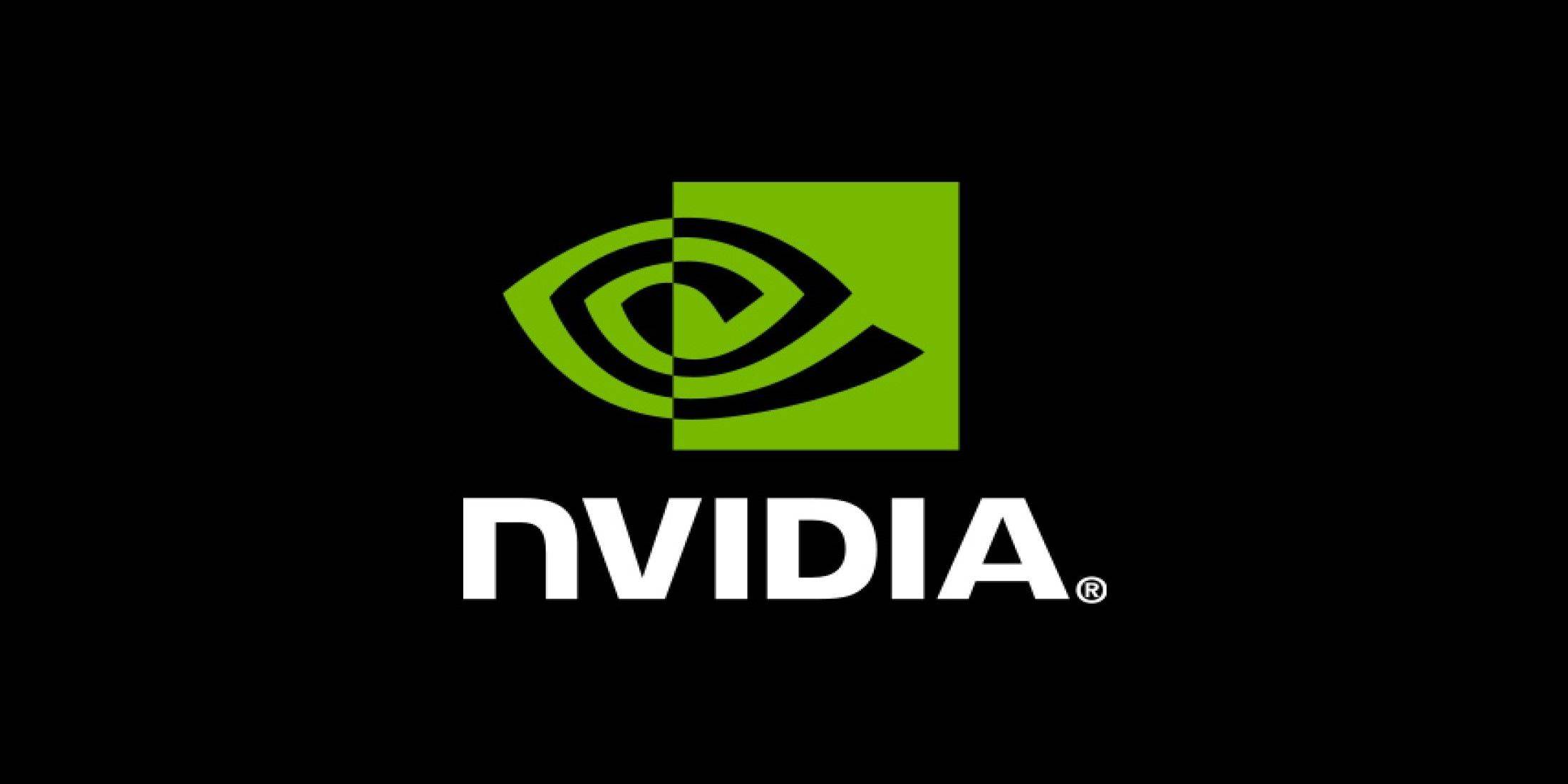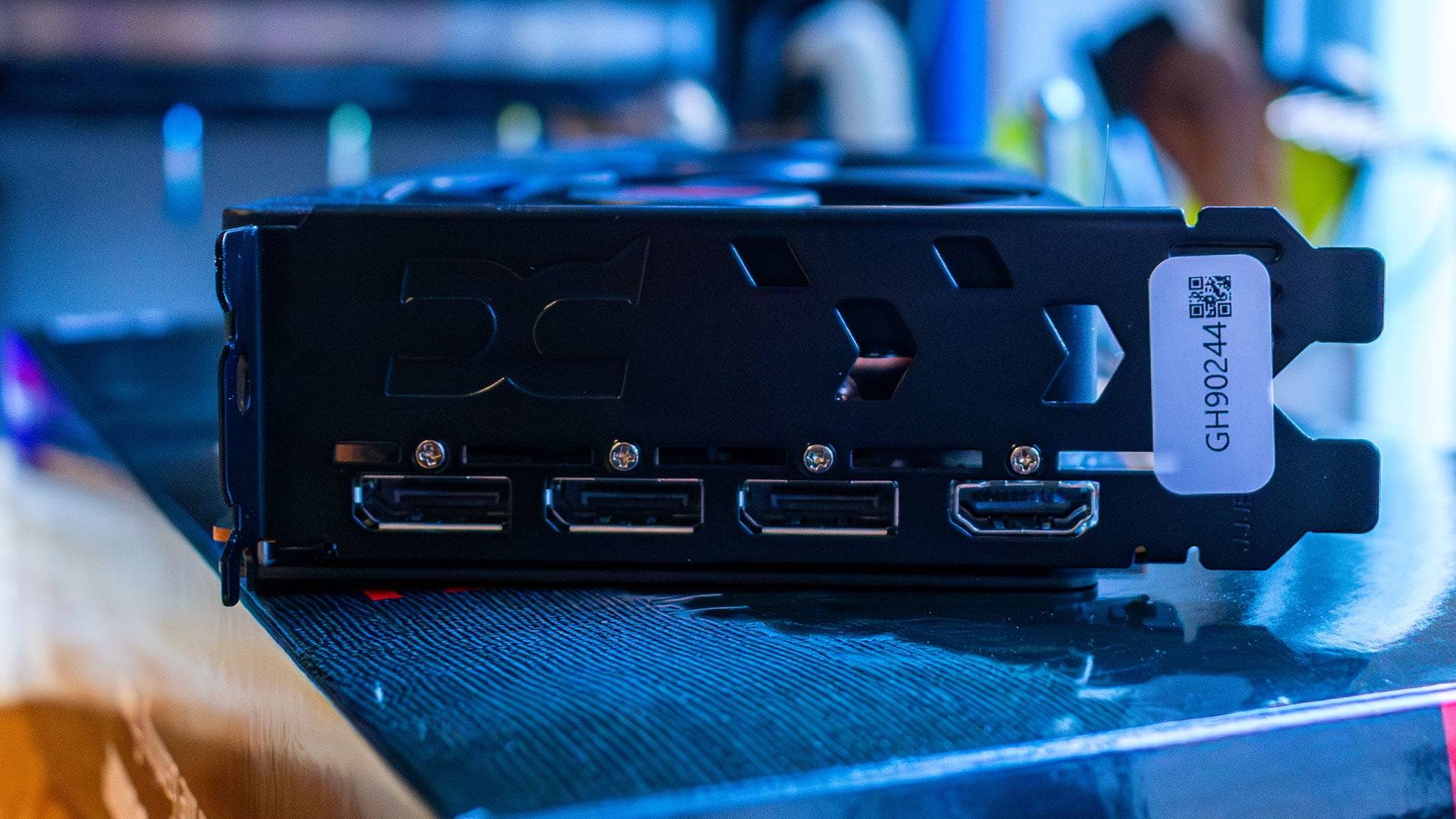Gaming Monitors: Too Fast at Computex 2025
Three cutting-edge gaming monitors were unveiled at Computex, each pushing the boundaries of refresh rates. The standout is the Asus ROG Strix Ace XG248QSG, boasting a 1080p resolution with an astonishing 610Hz refresh rate. Meanwhile, both MSI and Acer have introduced 1440p displays capable of 500Hz refresh rates, a specification that challenges even the most powerful setups, like those equipped with an RTX 5090 and multi-frame generation technology.
Acer's offering, the Predator X27U F5, not only promises speed but also features a QD-OLED panel for exceptional color accuracy. Initially, this monitor will launch in Europe and China, with a starting price of €899. Although Acer plans to bring it to the US market, no specific pricing has been disclosed yet due to ongoing tariff negotiations. They intend to announce the US price closer to the product's availability, but given the rising costs of tech products, affordability remains uncertain.
MSI's 27-inch MPG 271QR X50 also incorporates a QD-OLED panel, though pricing details remain under wraps. What sets this monitor apart is its innovative AI feature. According to PC Gamer's hands-on report, the monitor includes a small sensor at its base that detects when you step away, relaying this information to an NPU (Neural Processing Unit). This triggers the display to turn off, initiating burn-in protection—a crucial feature for OLED panels, especially in gaming monitors where static images are common. While the AI aspect might raise some eyebrows, it's a step up from traditional OLED protection methods that can interrupt gameplay.
Do Gaming Monitors Need to Be This Fast?
The introduction of monitors with refresh rates as high as 610Hz, like the Asus ROG Strix Ace XG248QSG, raises questions about necessity. Even at 1080p, achieving 610Hz is a tall order, requiring not just an RTX 5090 but also multi-frame generation, which can introduce latency issues, particularly in competitive gaming scenarios.
To fully leverage such high refresh rates, a robust CPU is essential. At these frame rates, the CPU must efficiently supply data to the graphics card. Technologies like Nvidia Reflex and frame generation can help, but achieving around 600 fps still demands a powerful CPU.
However, the potential for ultra-low render latency at these speeds is significant, especially for competitive gaming. In games like Counter-Strike 2, where every millisecond counts, running at high frame rates—even on minimal settings—can reduce input lag, potentially deciding the outcome of matches. Yet, whether the undoubtedly high cost of these monitors justifies the performance gain for most gamers remains a pertinent question.
Latest Articles


![1xBet [Updated]](https://imgs.yx260.com/uploads/76/1719623227667f5e3be7616.jpg)




























